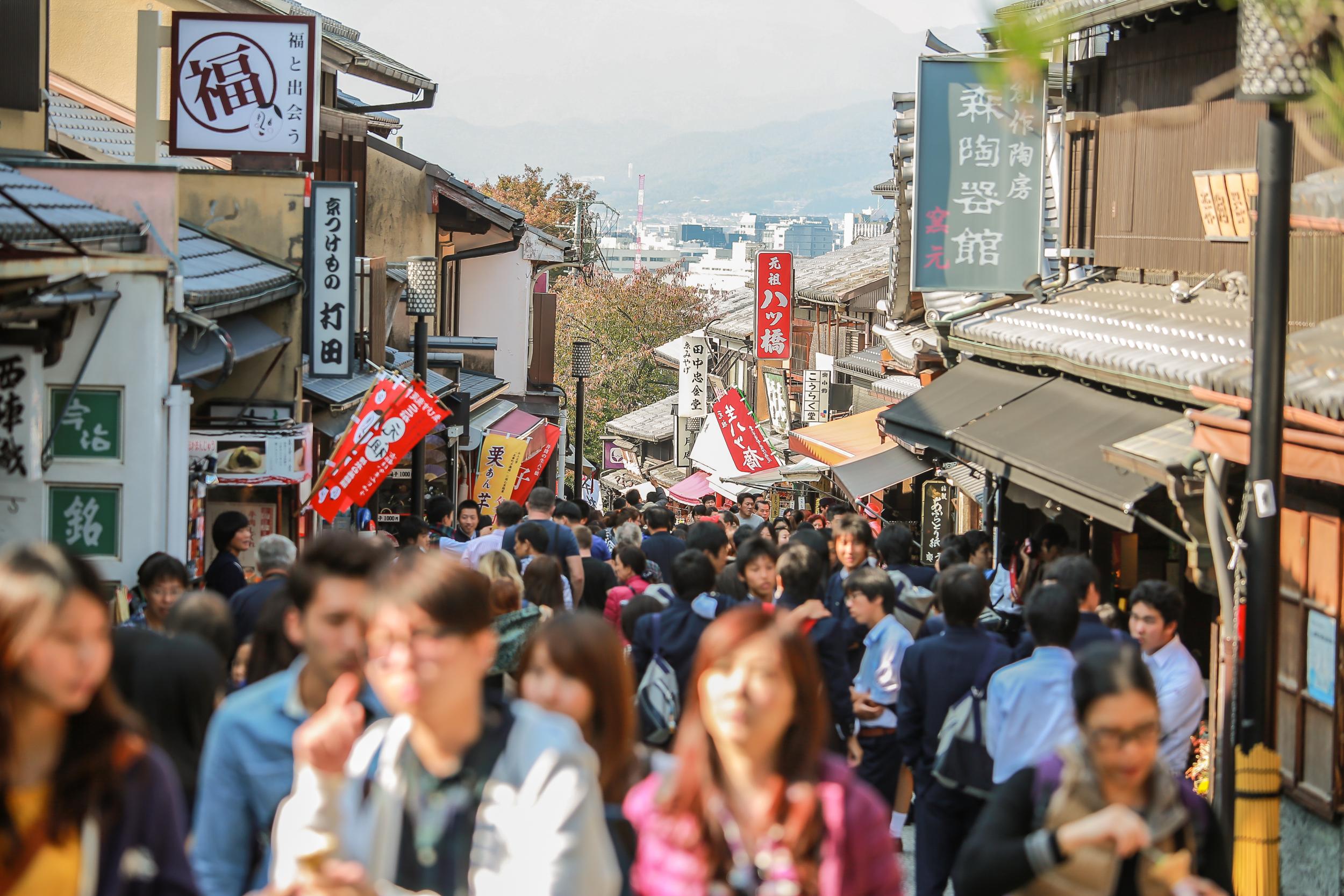Popular Japanese sites are refusing entry to tourists
Places ranging from temples to bars have had enough of bad behaviour from foreigners

Tourist spots across Japan are refusing groups of foreign visitors because bad behaviour is hurting their businesses, according to local media.
A growing number of tourist sites, ranging from temples to restaurants, have started to turn against large groups of non-Japanese visitors.
The Nanzoin temple in Sasaguri, Fukuoka prefecture, is one such spot. Known for its large reclining Buddha statue, the temple has hung signs in 12 languages telling large groups of visitors that they’re not welcome.
According to Japanese newspaper The Asahi Shimbun, the temple’s chief priest blames the growing number of cruise ship visitors for incidents including climbing on roofs and splashing around in a sacred waterfall.
This behaviour, which has been happening for a decade, has driven away regular Japanese worshippers.
Meanwhile in Kyoto, one of Japan’s most recognisable sites, the newspaper reports that the owner of a traditional izakaya bar has started telling groups of overseas visitors that it is fully booked. The owner had noticed groups of tourists bringing in outside food and using plates as ashtrays.
A a spokesperson from the Japan National Tourist Office (JNTO) said in a statement to The Independent: “Whilst Japan’s promotion as a tourist destination is incredibly important, JNTO is aware of cases of ‘overtourism’ in which local residents of some tourist hotspots have been affected by a surge in the number of visitors from overseas.
“Japan understands the frustrations of both travellers and residents and remains committed to measures that work towards creating an environment for sustainable tourism in key areas.
JNTO continues to introduce visitors to Japanese culture and customs in multiple languages, including English and Chinese.”
It comes two months after Japan introduced an exit tax for tourists. From 7 January, foreign visitors to Japan have to pay a 1,000 yen (£6.85) tax to leave the country, with money raised going towards improving tourist infrastructure.
Kyoto has struggled with overtourism before. Last year residents and business owners in the city’s Gion-Shinbashi district joined together to form a “scenery preservation” committee to combat issues such “half-naked hikers, trespassing travellers and prolonged photo shoots”.
The group signed a memorandum demanding better behaviour from tourists.
This year is set to kickstart a bumper few years of tourism to Japan, as it hosts the Rugby World Cup in August and September. In summer 2020, Tokyo will hold the Olympic Games.

In 2018, Japan welcomed a record number of tourists, with 31 million landing on its shores, up 8.7 per cent from 2017.
The Japanese government is aiming for 40 million annual visitors by 2020.
Join our commenting forum
Join thought-provoking conversations, follow other Independent readers and see their replies
Comments
Bookmark popover
Removed from bookmarks